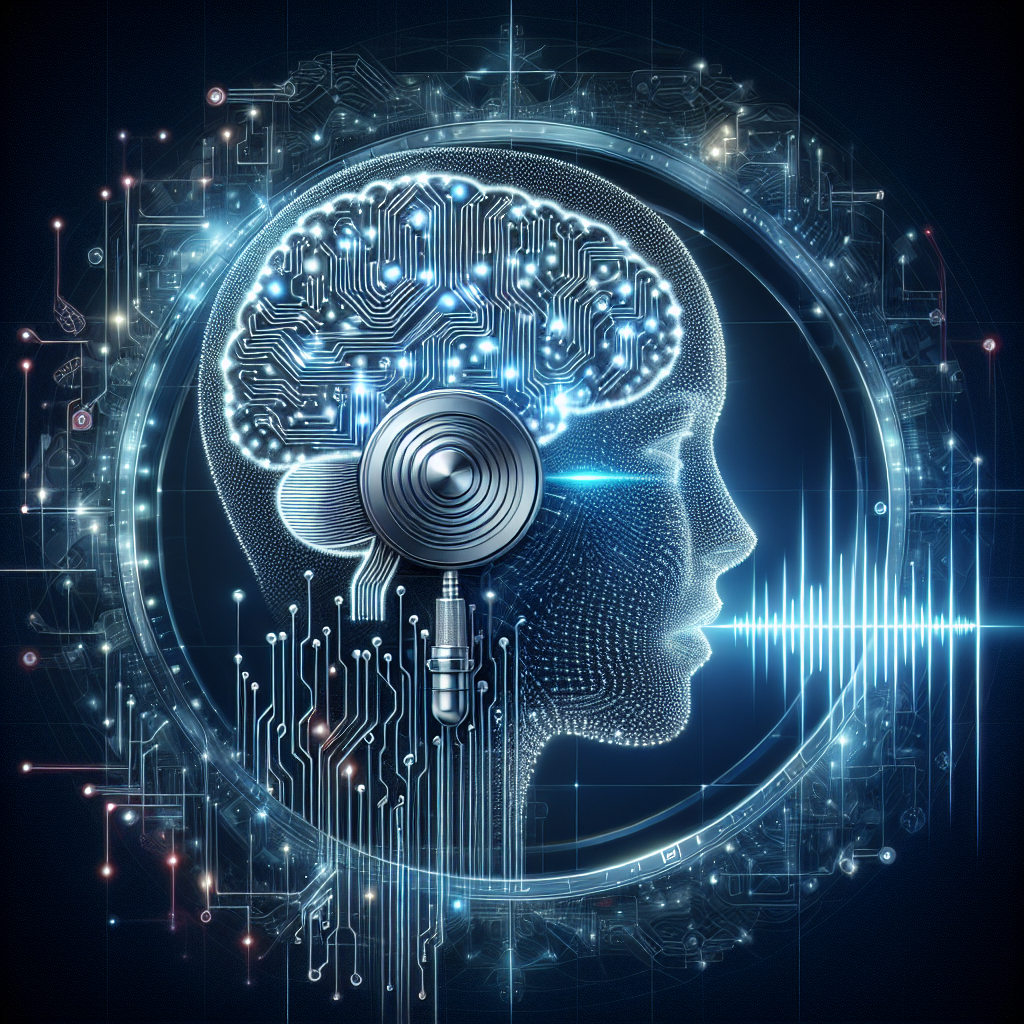Generative AI in Speech Recognition: Improving Accuracy
Speech recognition technology has come a long way in recent years, thanks in large part to advancements in artificial intelligence. Generative AI, in particular, has played a key role in improving the accuracy of speech recognition systems. In this article, we will explore how generative AI works, its benefits in speech recognition, and how it is helping to push the boundaries of what is possible in this field.
What is Generative AI?
Generative AI is a branch of artificial intelligence that focuses on creating new data rather than simply analyzing existing data. In the context of speech recognition, generative AI algorithms are used to generate speech signals that closely match the patterns of human speech. These algorithms are trained on large datasets of speech samples to learn the nuances of natural language and how it is spoken by different individuals.
One of the key advantages of generative AI in speech recognition is its ability to generate realistic and natural-sounding speech. This is especially important in applications where the accuracy and fluency of speech recognition are crucial, such as in virtual assistants, customer service bots, and transcription services.
How does Generative AI improve accuracy in Speech Recognition?
Generative AI algorithms improve the accuracy of speech recognition systems in several ways. First and foremost, these algorithms are able to generate more diverse and realistic speech samples than traditional methods, which helps to improve the robustness of the system. By training on a large and diverse dataset of speech samples, generative AI algorithms can learn to recognize a wider range of accents, speech patterns, and languages.
Additionally, generative AI can help to fill in the gaps in speech recognition systems by predicting missing or ambiguous words based on context. This is especially useful in noisy environments or when dealing with speech that is unclear or distorted. By generating likely alternatives for uncertain speech inputs, generative AI can help to improve the overall accuracy of the system.
Furthermore, generative AI can be used to enhance the naturalness and fluency of speech output in speech recognition systems. By generating speech that closely mimics human speech patterns, generative AI can make interactions with virtual assistants and other speech-based applications more engaging and user-friendly.
What are the benefits of using Generative AI in Speech Recognition?
There are several benefits to using generative AI in speech recognition systems. Some of the key advantages include:
1. Improved accuracy: Generative AI algorithms can help to improve the accuracy of speech recognition systems by generating more diverse and realistic speech samples.
2. Robustness: By training on a large and diverse dataset of speech samples, generative AI algorithms can learn to recognize a wider range of accents, speech patterns, and languages, making the system more robust.
3. Contextual understanding: Generative AI can help to fill in the gaps in speech recognition systems by predicting missing or ambiguous words based on context, improving the overall accuracy of the system.
4. Naturalness and fluency: Generative AI can enhance the naturalness and fluency of speech output in speech recognition systems, making interactions with virtual assistants and other speech-based applications more engaging and user-friendly.
FAQs:
Q: How does generative AI differ from traditional speech recognition algorithms?
A: Traditional speech recognition algorithms typically rely on statistical models and pattern recognition techniques to analyze speech signals and convert them into text. Generative AI, on the other hand, focuses on creating new data rather than simply analyzing existing data. By generating speech signals that closely match the patterns of human speech, generative AI algorithms can improve the accuracy and naturalness of speech recognition systems.
Q: Can generative AI be used to recognize multiple languages?
A: Yes, generative AI algorithms can be trained to recognize multiple languages by exposing them to a diverse dataset of speech samples in different languages. By learning the nuances of each language and how it is spoken by different individuals, generative AI algorithms can improve the accuracy of speech recognition systems in multilingual environments.
Q: How is generative AI being used in real-world applications?
A: Generative AI is being used in a wide range of real-world applications, including virtual assistants, customer service bots, transcription services, and language translation tools. By improving the accuracy and naturalness of speech recognition systems, generative AI is helping to make these applications more user-friendly and effective.
In conclusion, generative AI is playing a crucial role in improving the accuracy of speech recognition systems and pushing the boundaries of what is possible in this field. By generating diverse and realistic speech samples, filling in the gaps in speech recognition, and enhancing the naturalness and fluency of speech output, generative AI is helping to make speech-based applications more engaging and user-friendly. As this technology continues to evolve, we can expect to see even greater advancements in speech recognition accuracy and performance.

